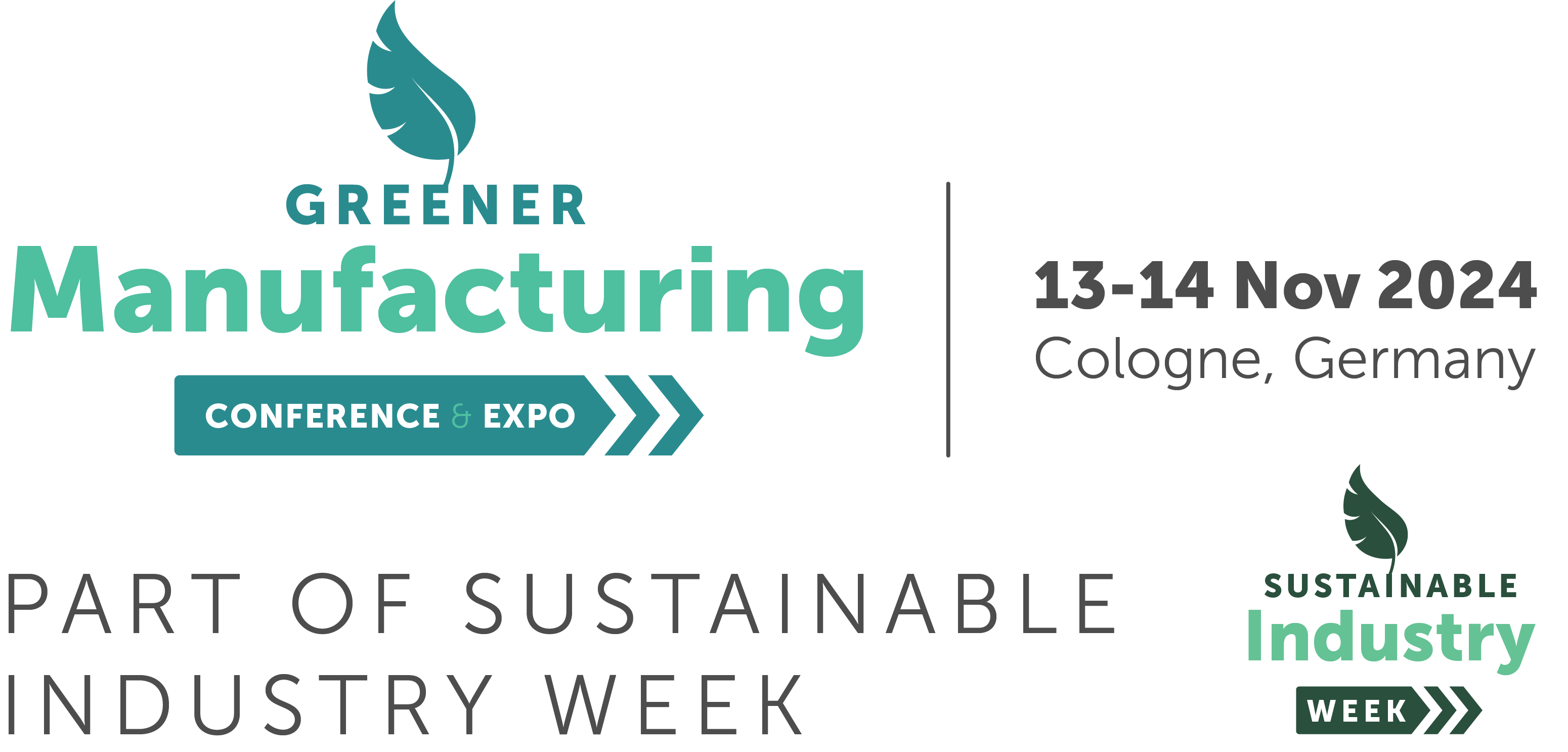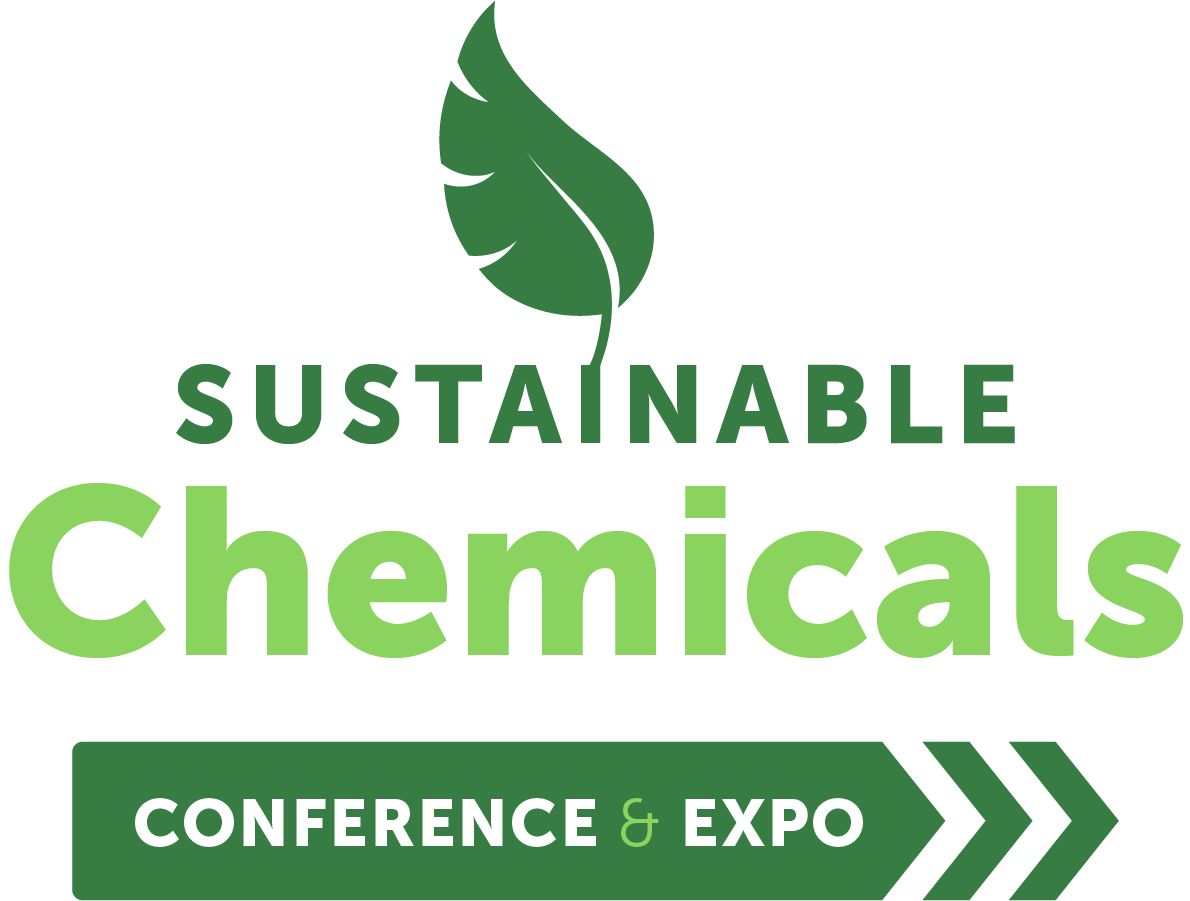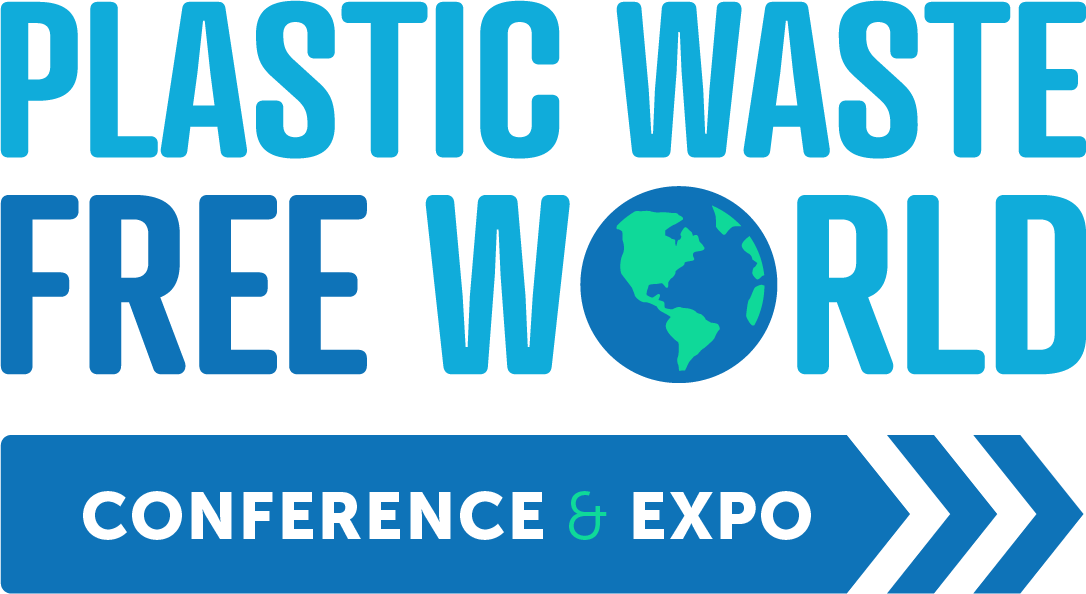Climate Transition Findings Show How Proactive Companies Can Reduce Their Risks
)
Citi recently published its 2023 Climate Report which represents a major step forward in climate risk assessments and identification of opportunities for this financial institution. This is an essential resource for industry watchers globally and according to the CEO, Jane Fraser, “From our work with clients in nearly 160 markets, we know that the journey toward net zero will occur at different speeds in every industry and country.”
Key sections of this report include the governance structure and strategy at Citi with a deeper dive into industry-specific “facilitated emissions” from their financing activities. As the top US lead underwriter for global green, social, sustainability and sustainability-linked bonds, Citi is in an excellent position to evaluate the risks and progress toward carbon-reduction targets among major industry sectors. Per the report “we have also completed the preliminary assessment of our Energy and Power loan portfolio clients’ transition plans with material emissions relative to each sector’s baseline emission profiles.” This is an area of keen interest for the thousands of companies taking action toward Science Based Targets.
Some manufacturers who have set their carbon reduction goals for 2050 are deferring action on the harder-to-reach energy inputs in the hope and expectation that their providers will deliver low-carbon solutions. However, according to Citi’s Net Zero assessment framework, only approximately 28% of their energy sector clients have a “Medium-Strong” or “Strong” alignment to Net Zero Transition plans for Scopes 1 to 3. The remaining approximately 72% have either an “absence of a substantive transition plan and/or disclosure on Scope 3” or a “high-level transition plan present, but unclear ability to execute.” Further, Citi rates their energy sector and power sector clients in the long term for transition risk as high or medium-high, respectively.
How does this insight from Citi help companies on their journey toward a more sustainable future? One action item is to look more closely at the claims and plans for your suppliers to ensure that they have a realistic pathway forward. This can be accomplished by screening for your largest suppliers and partners and then gathering input directly for them. A second focus area is on understanding the carbon intensity from raw materials used as inputs for your products. Then, search for alternatives that are intrinsically greener and have lower embedded carbon emissions – thereby reducing your exposure to future costs and supply constraints. Finally, by keeping abreast of the latest findings from leading institutions, your company can be better prepared for making steady progress, even when facing uncertainty and risks beyond your control.
Report link: https://www.citigroup.com/rcs/citigpa/storage/public/2023-Citi-Climate-Report.pdf
Additional reading: https://www.utilitydive.com/news/citi-energy-clients-lack-substantive-transition-plans-2023-tcfd-as-you-sow/711987/
About the author: Fosterra is an independent sustainability consultancy that works with global supply chains to find opportunities to reduce their carbon footprint and achieve sustainability goals. Our work provides deep insight into the risks, trends, and opportunities for improving environmental performance that we are pleased to share. www.fosterra.com





